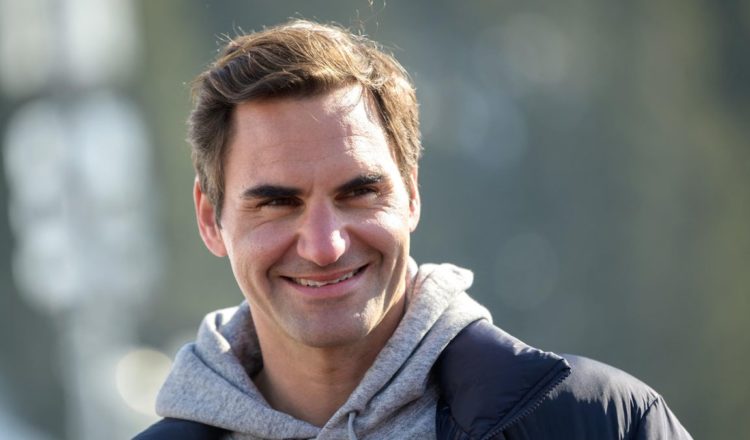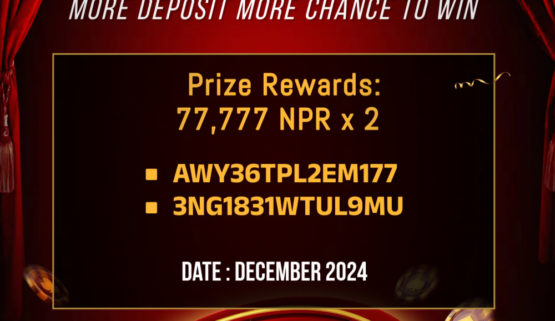“Inactive”.
Probably not the way Roger Federer would want to be classed as he turns 41. Yet, as one of the greatest tennis players of all-time officially turns the page on another year, he does so without an ATP ranking for the first time in 25 years. How long he remains “inactive” – the term given to him by the ATP – is not known.

Federer has not played since losing in straight sets in the 2021 Wimbledon quarter-finals to Hubert Hurcakz and then undergoing a third knee operation. He is not expected to return for the upcoming US Open, missing the Grand Slam, which he won five times in succession between 2004 and 2008, for the third year in a row.
So what lies ahead for Federer in his 42nd year and when will he be back on a tennis court?
For now, the Laver Cup is circled as Federer’s return date.
The exhibition team event, which Federer helped create, will this year be played at London’s O2 Arena on September 23-25. Federer is signed up to play for Team Europe along with Rafael Nadal, Novak Djokovic and Andy Murray. It will be the first time the ‘Big Four’ have played the same competition since the 2019 Australian Open.
Federer is then scheduled to play the Swiss Indoors in his hometown of Basel on October 22. That may be his only competitive ATP Tour event of the season.
If that goes according to plan then it will be time to look ahead to 2023, and a potential farewell tour.
To think next year will be anything other than Federer’s chance to say goodbye is probably optimistic. At Wimbledon, where he appeared for the Centre Court centenary celebrations, Federer spoke about hoping to come back “one more time”. If that time is next summer then – barring an incredible career revival – it is difficult to imagine right now that he will return again in 2024.
It would be fitting were he to play all four Grand Slams one final time, but his body may argue otherwise.
As for Federer’s chances of winning another major to add to his 20, they were recently labelled “highly unlikely” by Serena Williams’ former coach Patrick Mouratoglou. Federer may have been the long-time leader in the Grand Slam standings, but he looks destined to finish his career behind Nadal (currently on 22) and Djokovic (21). Federer’s last Grand Slam victory was the 2018 Australian Open. Since then he has contested one final (Wimbledon 2019) and two semi-finals (2019 French Open and 2020 Australian Open).
There is hope for No. 21, of course. Would Federer still be “rockinggggggg” through rehab if there wasn’t? His agent Tony Godsick, who said Federer played on “one leg” at Wimbledon in 2021, has talked up the potential of a successful return.
“I know Roger well enough to know that he still has the flame burning to compete,” Godsick recently said on Instagram. “His real motivation is to come back to compete on the ATP Tour and sort of try to end his career, the way he wants to end it, healthy and successful and on his terms.”
What exactly are Federer’s terms? It is remarkable that as he turns 41 the ‘R’ word is hardly mentioned and there is no talk of bringing the curtain down yet. But even if Federer is in the finest shape of his career next year, he will still be 20 years older than some of those currently near the top of the game. Federer, Nadal and Djokovic may have proved that tennis at the elite level is not exclusively a young person’s game, but there’s a reason why Ken Rosewall’s record of being the oldest Grand Slam winner aged 37 from 1972 still stands.
Clearly there remains a huge desire to see Federer back on court. He remains universally loved like few other sport stars this century. His style may have changed down the years, but his graceful movement, his swish of the racquet, and his sweeping backhand, remain as alluring as ever.
At Wimbledon, his incredible impact on the game was evident not just from the ovation he received on Centre Court but also from the words from his greatest rivals.
“I personally miss Roger in the tennis tour and tennis of course misses him, tournaments, fans, everyone,” said Nadal.
“I think Roger Federer is important in every single tournament. Not only Wimbledon. He’s a well missed player in every single event of tennis, without a doubt.”
Djokovic offered similar sentiments.
“I’ve told him he’s loved by many people and that he’s been greeted very nicely, and that he needs to come back so we can play at least one more time – like he said it himself.
“Of course, he’s been one of my biggest rivals in my career and it’s been weird not seeing him participating in tournaments.”
For those hopeful of Federer hitting a high level again there have been positive words to cling onto. Earlier this year he described himself as “like a racehorse scratching its stall and wanting to race”. “In the summer I hope to be able to hit the ground running,” he added. “I’m looking forward to coming home in the evening after the tough day of training and being completely exhausted.”
To hear Federer speak with such positivity about rehab is encouraging. Even though it has been a long process – just 14 matches played in the last 18 months and a shorter-than-expected comeback last year – there still seems a strong desire from Federer to return. Perhaps he wants to say goodbye, perhaps he truly believes he can win again. Whatever the motivation, tennis is still a better place when Federer is around.













